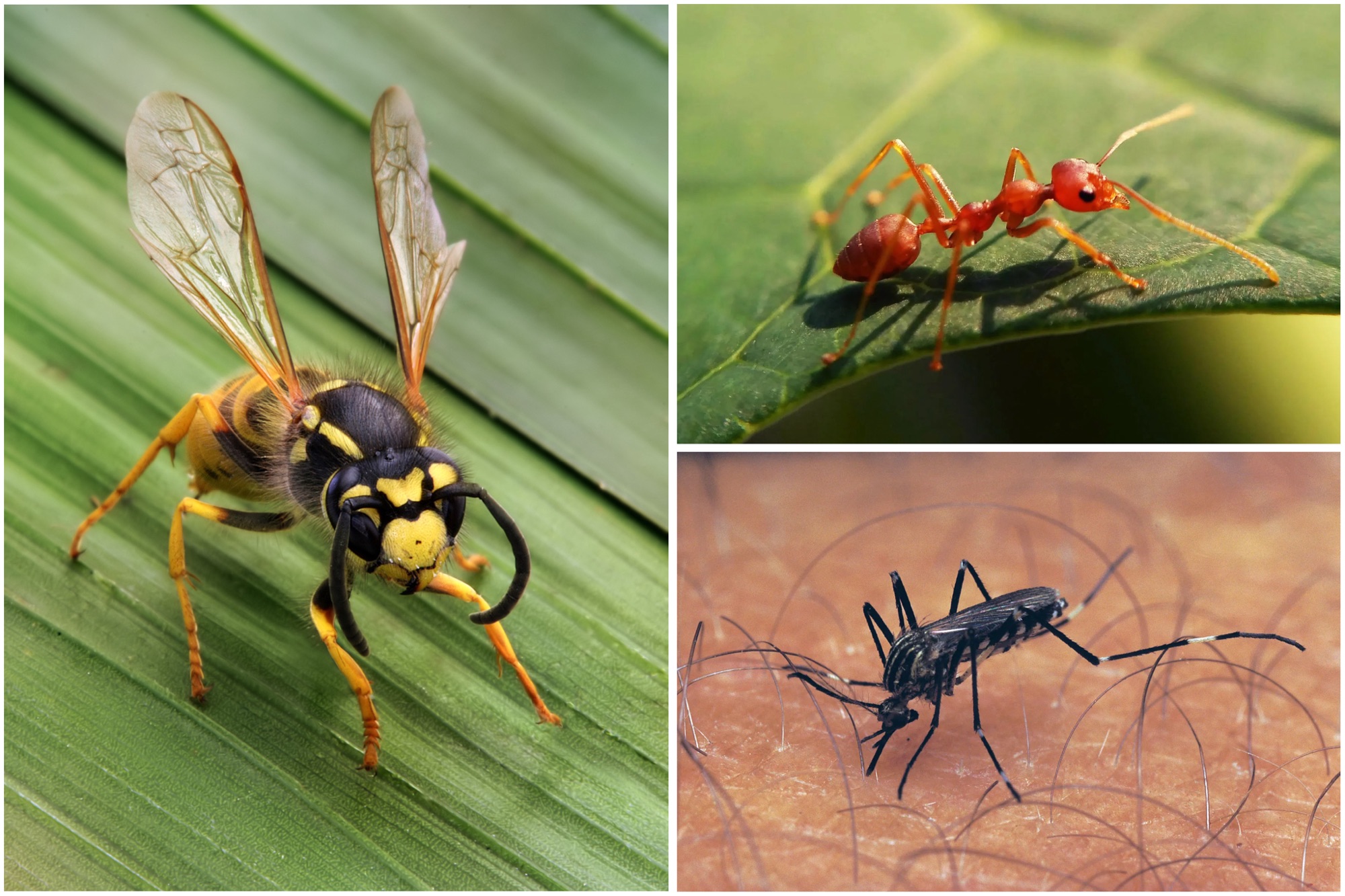Nature is a realm of marvels, yet it’s also home to an overwhelming array of insects that can rattle the nerves of even the most courageous souls. While some individuals remain indifferent to these creatures, others are genuinely petrified by them—and rightfully so. Insects are known for their potential to bite, provoke irritation, and create noise that can be quite disruptive. The insect kingdom is as intriguing as it is intimidating.
Bearing this in mind, let’s consider the most troublesome insects that are known for causing distress, annoyance, and in some cases, diseases and discomfort. Given the astonishing ratio of 2.5 million ants to each human being on the planet, it’s crucial to gain an understanding of these tiny beings to live in harmony and preserve the delicate equilibrium of our ecosystem.
10. Wasps
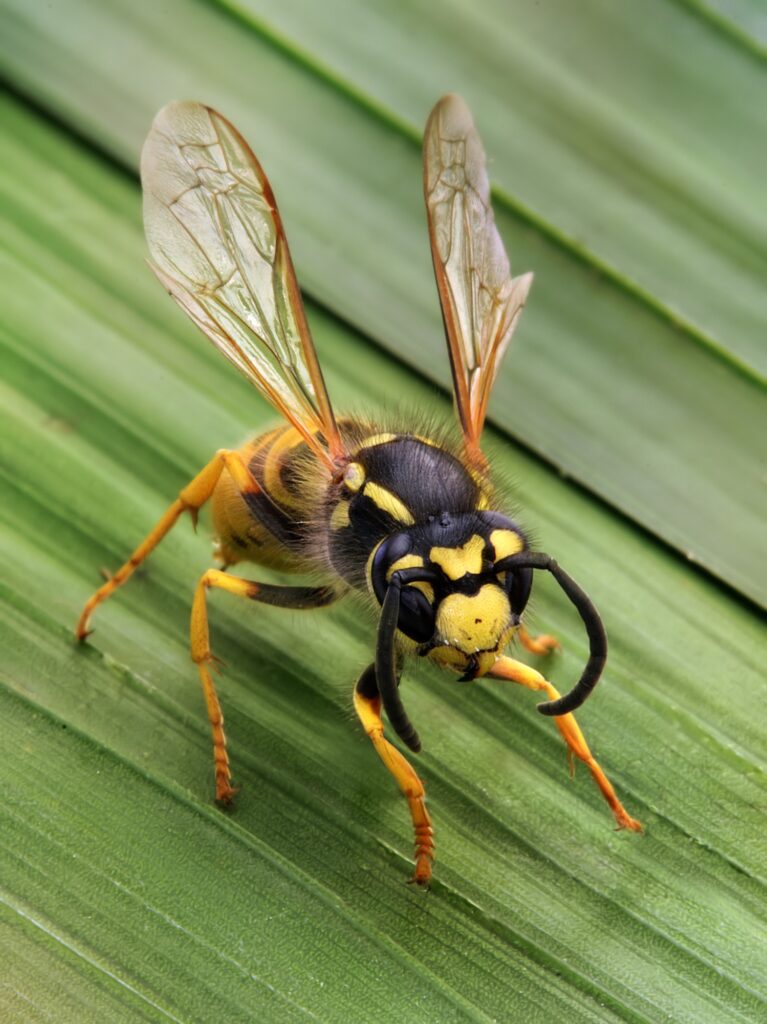
Globally distributed, with more than 30,000 species cataloged, the majority of wasps lead solitary lives and are not known for stinging. They exhibit a variety of hues, and those with more vivid colors are often mistakenly believed to be more hostile by individuals who have experienced stings. Wasps can reach lengths of up to 1.5 inches and are skilled in establishing colonies. It is only the female wasps that have the ability to sting, which they do through their adapted ovipositors.
Similar to bees, wasps are advantageous to the environment, serving as both pollinators and natural predators to various agricultural pests. Nonetheless, their stings can be intense and, in some cases, life-threatening to those with allergies, leading to a general wariness towards these insects.
9 Fire Ants
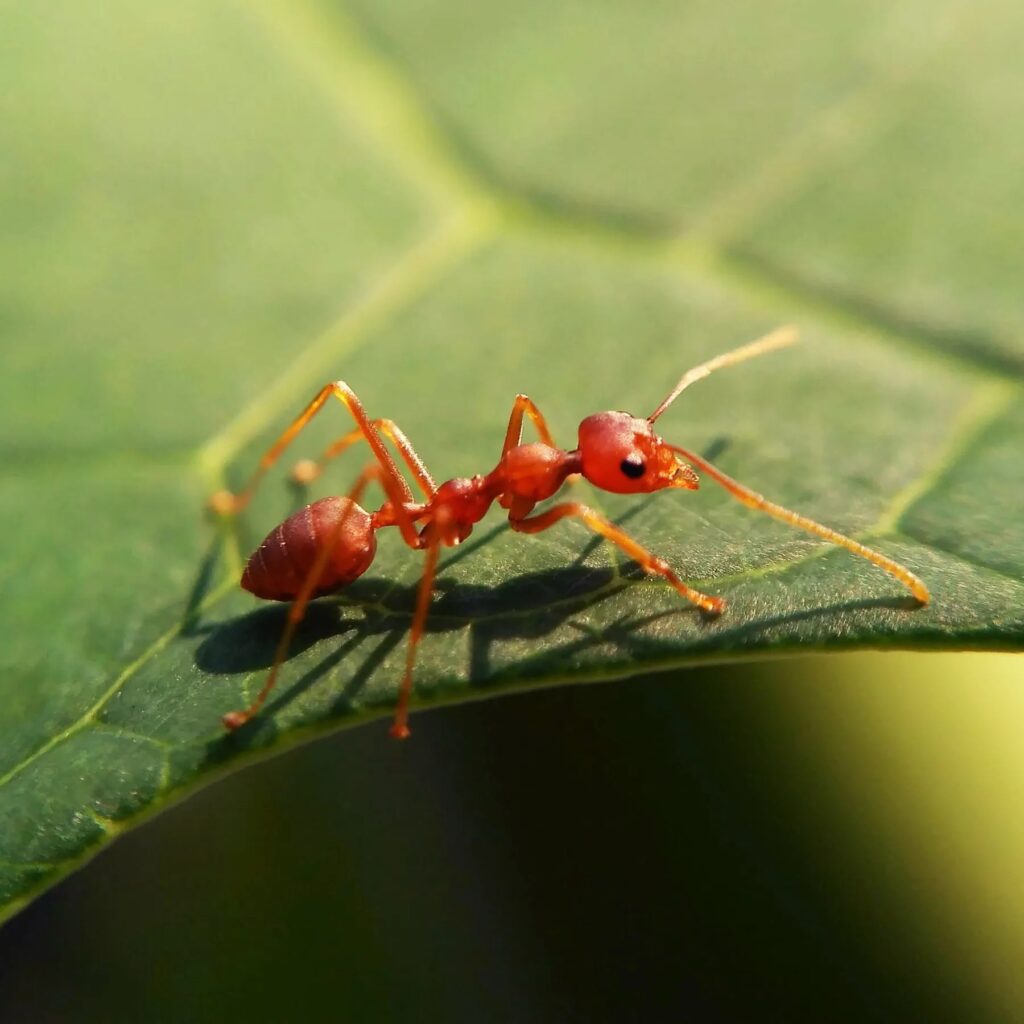
Named for their fiery bite, fire ants are red-colored ants from the genus Solenopsis, comprising 200 species. While found globally, only 20 of these species can sting, with the rest being slow-moving and stingless. Originally from South America, fire ants have spread worldwide due to increased travel and cargo.
Fire ants are quite aggressive, and even an accidental encounter with their mound or nest can result in multiple stings, which feel like burning. Each sting leaves a raised red lump that eventually turns into a blister filled with pus-like fluid. For most people, the stings cause pain and irritation, but some individuals may experience severe allergic reactions requiring medical attention. Once someone has had an allergic reaction, subsequent stings are 60 percent more likely to cause similar or worse reactions, so it’s best to avoid them.
8. Gnats
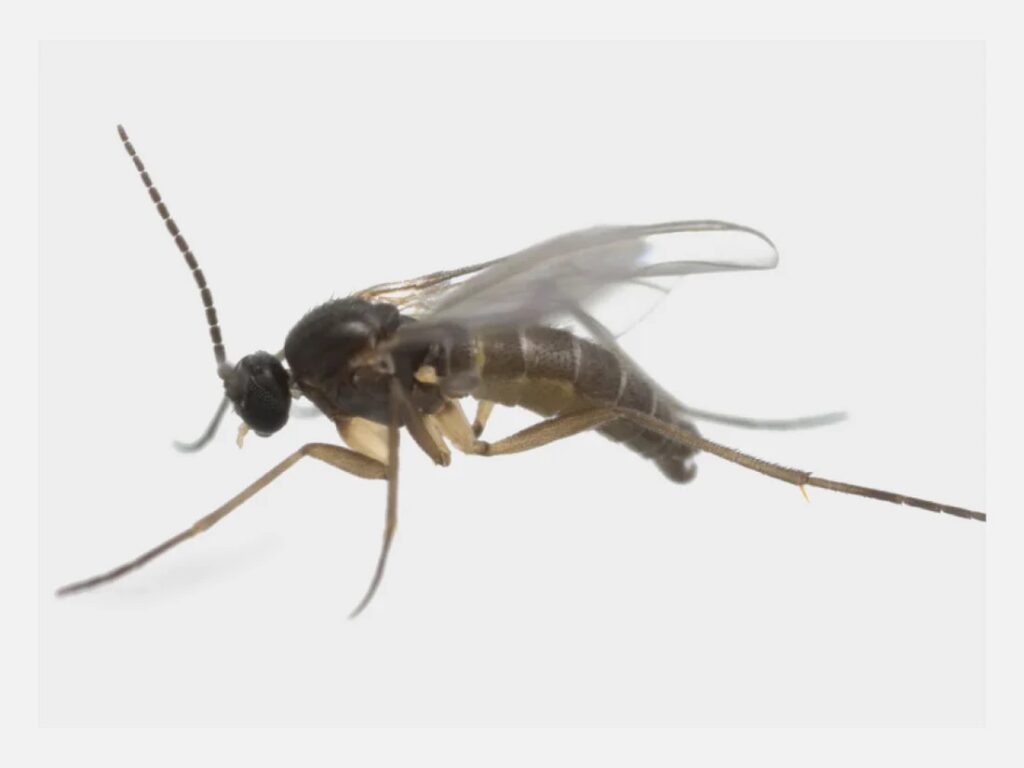
Gnats, a diverse group of flying insects, are found worldwide, commonly inhabiting marshy or swampy areas and moist soil near plants. They also frequent damp household spaces like kitchens and bathrooms. Due to their prolific breeding habits, gnat populations can quickly grow, leading to persistent infestations.
While some gnats do bite, these are usually midges rather than actual gnats. Many are tiny, bothersome flying insects that hover around people’s heads, feeding on mucus from the eyes, nose, ears, and open sores. Although gnats are not disease vectors like mosquitoes, they can spread conjunctivitis and potentially sepsis in humans, as well as mastitis and vesicular stomatitis in livestock.
They often move in large groups, and fine mesh screens on doors and windows are effective in keeping them out. Their tendency to invade personal spaces such as eyes, ears, noses, and mouths makes gnats a common nuisance, frequently used as a metaphor for persistent annoyance.
7. Bed Bugs
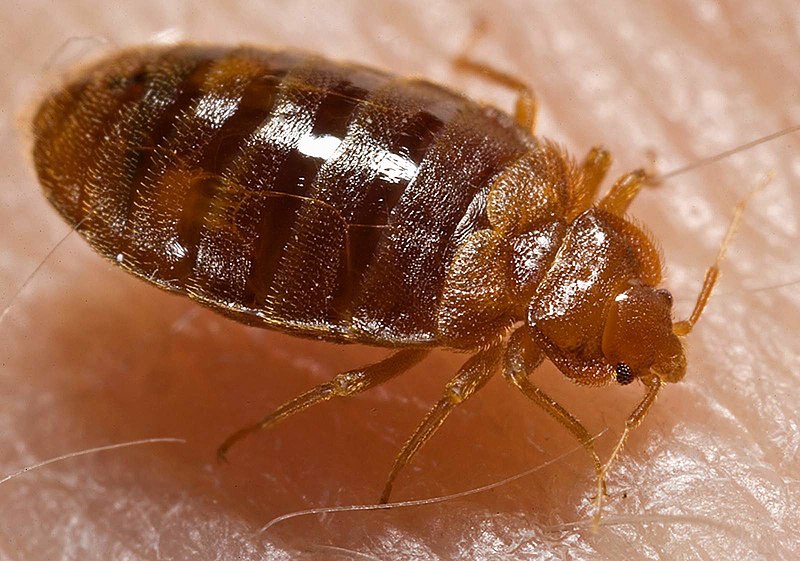
Bed bugs are found everywhere, and infestations are reportedly increasing worldwide, likely due to increased international travel. These tiny, nocturnal insects feed on blood, typically every five to ten days, and reach about 0.16 inches in size at maturity.
On the plus side, bed bugs do not transmit diseases. However, their bites can disrupt sleep, cause insomnia, psychological distress, and trigger a range of allergic reactions from mild to severe. Bed bug bites usually result in red to purple marks, similar to flea bites, but without the distinct, deeper red centers typical of flea bites. As the number of bites increases, so does the severity of the reactions, making it wise to call an exterminator before the problem worsens.
6. Cockroaches
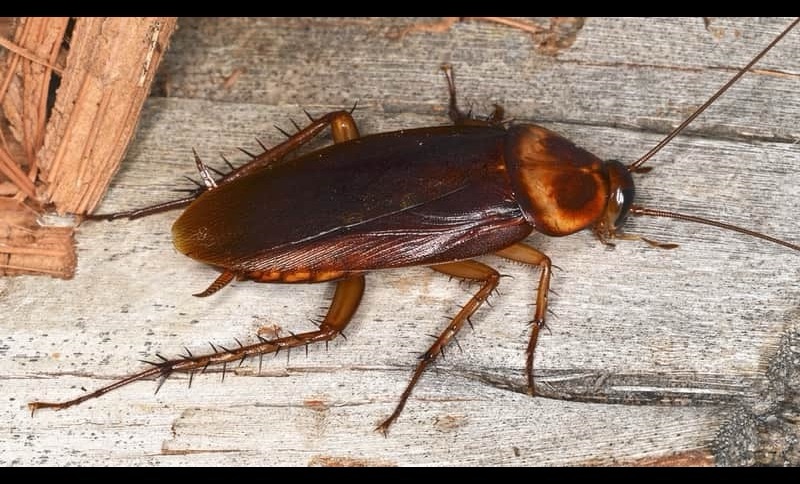
Cockroaches are prevalent worldwide, especially in warm, humid climates typical of tropical and subtropical regions. Interestingly, some species can survive freezing temperatures by producing natural antifreeze. These nocturnal insects can cause discomfort, particularly as some species can fly. While most cockroaches are less than five centimeters long, the Megaloblatta longipennis stands out with a wingspan nearing ten centimeters.
Cockroaches are more than just nuisances; they damage materials like paper and fabric, leave stains, and emit unpleasant odors. They are vectors for pathogens that can cause foodborne illnesses and diarrhea. Additionally, their saliva, droppings, and shed skin can exacerbate allergies and asthma, especially in children. Because they thrive in unclean environments, they are often associated with filth. Effective pest control measures and good sanitation practices in kitchens, bathrooms, and drains are crucial to preventing infestations and maintaining a cockroach-free space.
5. Ticks
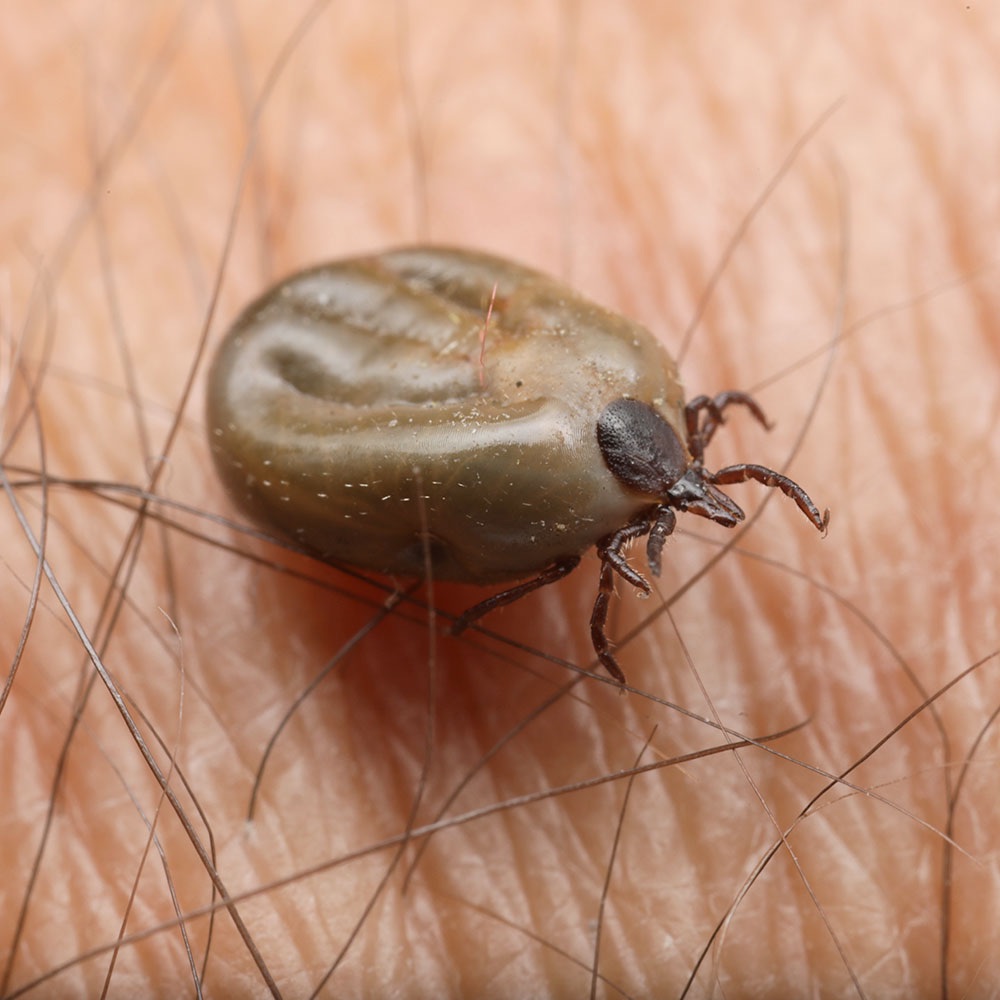
Ticks, part of the arachnid family due to their eight legs, inhabit warm and humid environments worldwide. These parasitic mites can latch onto hosts in various settings, from forests to grassy paths, and are often unnoticed due to their small size, comparable to an apple seed.
Ticks are known carriers of several serious diseases, including Tularemia and Lyme Disease, which can be potentially fatal. Preventing tick bites is crucial, as different tick species transmit different illnesses. The CDC recommends protective measures such as wearing tick-repellent clothing, using sprays, and limiting outdoor activities during peak tick seasons to guard against tick-borne diseases.
4. Horseflies
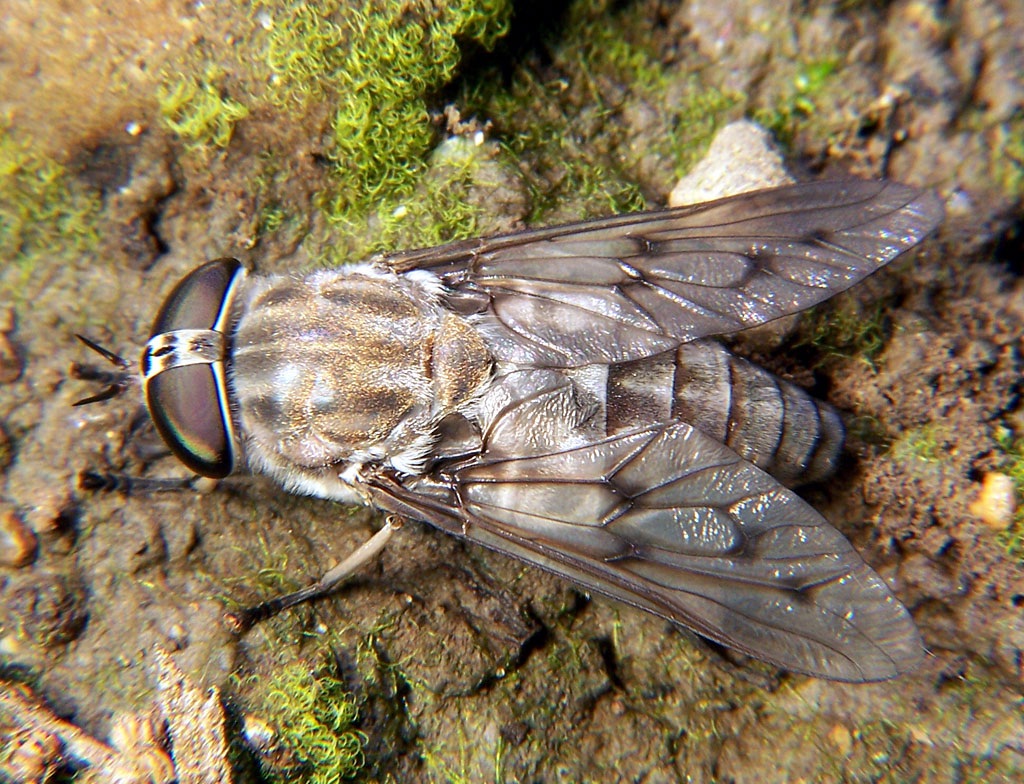
Horseflies, along with their relatives the deer flies, thrive in warm and moist environments suitable for reproduction. In the United States, there are approximately 400 known species, contributing to a global total of around 4,450 species. These insects, sometimes called gadflies or green flies, are notable for their large compound eyes and range in size from 0.2 to one inch.
Like mosquitoes, female horseflies require a blood meal for egg production, leading them to bite and consume blood from various vertebrates, including humans. While horsefly bites can be quite painful and may cause redness and slight swelling, they generally do not transmit diseases.
3. Fleas
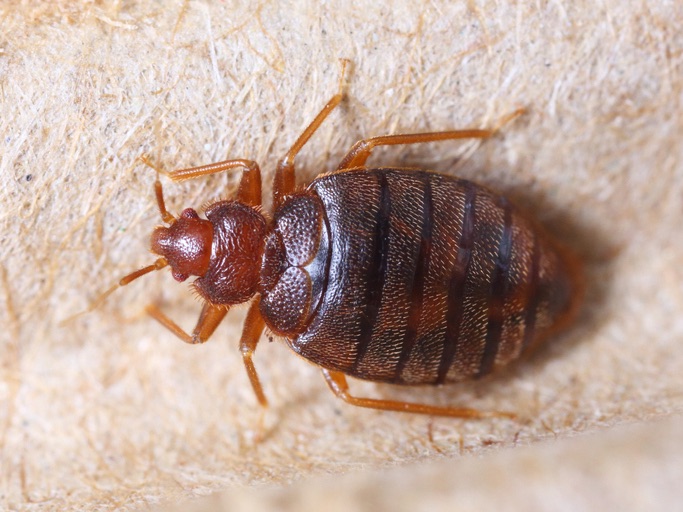
Fleas are wingless insects that feed on blood and can grow up to about 0.16 inches in size. They have a flat, oval body that is usually dark in color and are capable of leaping great distances. These parasites are widespread, preferring moist and shaded environments, and often jump onto nearby animals to feed.
Beyond being a nuisance in homes, yards, and on pets, flea bites can be quite irritating and painful. Additionally, fleas are vectors for serious diseases such as the plague, transmitted by rodent fleas, and typhus, making them more dangerous than their bites alone would indicate.
2. Mosquitoes
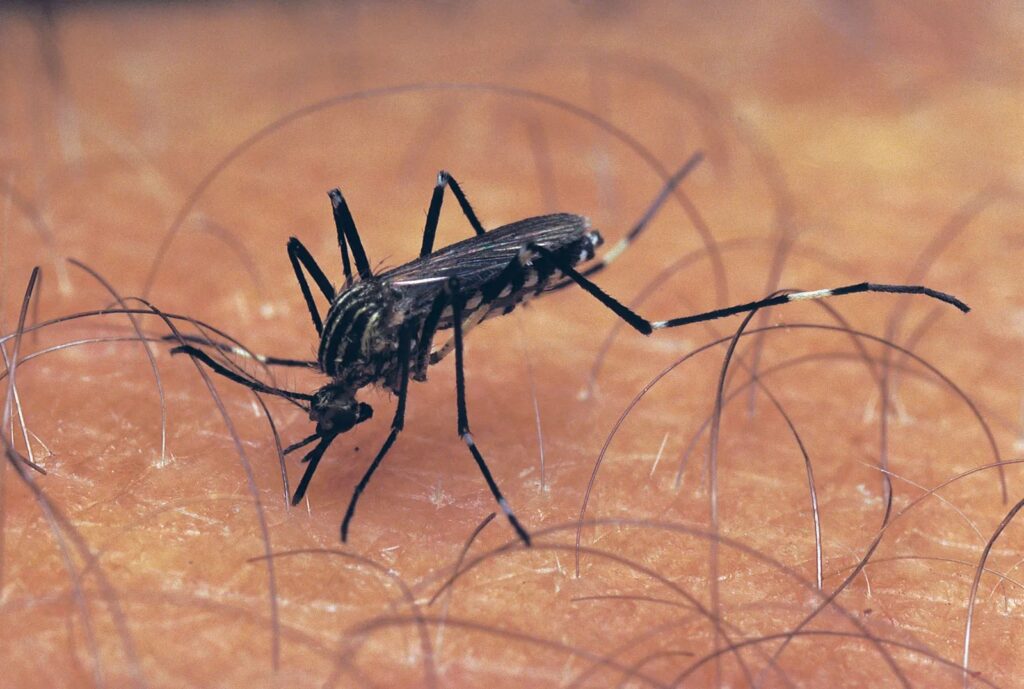
Mosquitoes, with over 3,500 species, inhabit nearly every part of the world except Antarctica. Notably, only female mosquitoes bite, as they need the nutrients from blood to produce eggs.
While mosquito bites cause itching and swelling, the more serious concern is their role as disease carriers. Certain mosquito species transmit pathogens that lead to illnesses such as malaria, chikungunya, dengue fever, West Nile fever, and encephalitis, among others. These diseases can have severe, sometimes lethal, consequences. Even a small number of infected mosquitoes can trigger widespread outbreaks, affecting entire communities or cities.
1. Chiggers
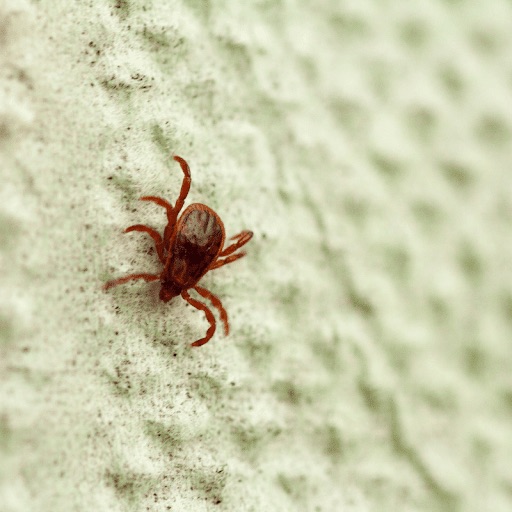
Chiggers are prevalent worldwide, except in Antarctica, and are especially common in regions with high humidity and moisture, such as the tropics and subtropics. These tiny mites, measuring about 0.04 inches, typically live in grassy areas and around the base of trees and plants. Out of the 3,000 identified chigger species, only 15 are known to cause itchy bites. Due to their small size, they are often overlooked.
Chigger bites can cause significant itching. They attach themselves to the skin using small claws, then bite and release saliva that breaks down cellular material for nourishment. After feeding, they detach, leaving behind red, itchy welts. While most chigger bites do not require medical intervention, antihistamines can help alleviate the itching.
